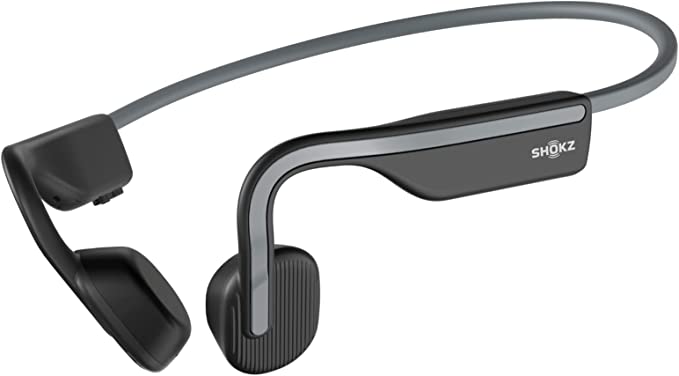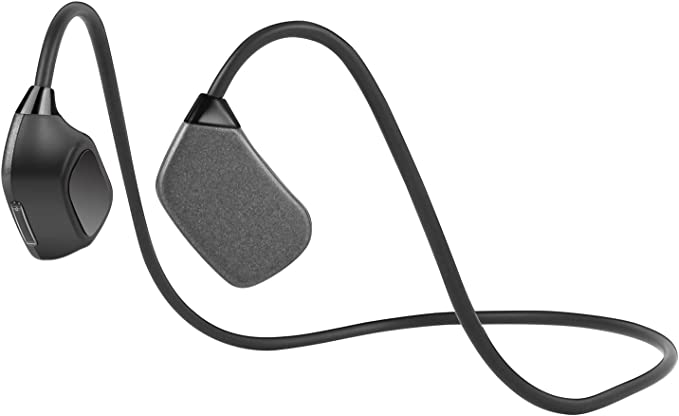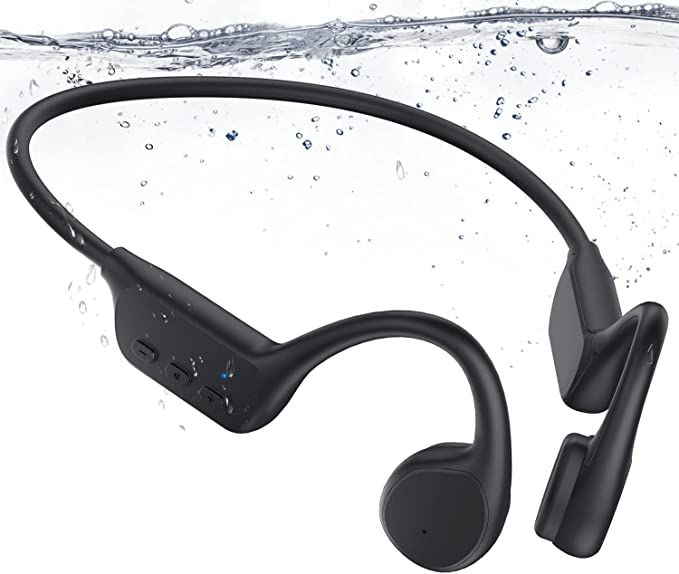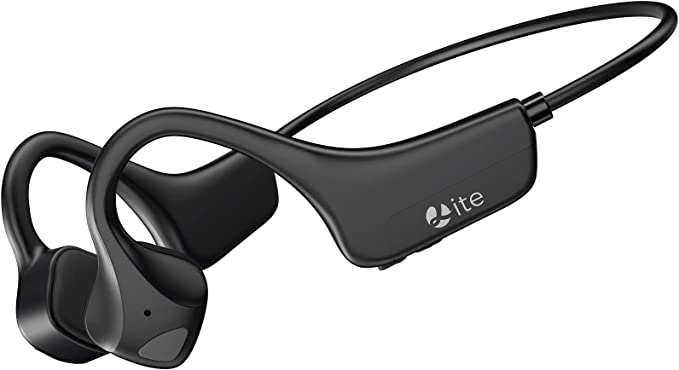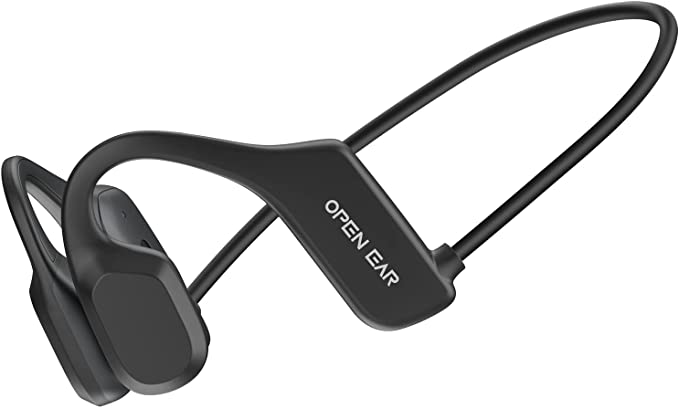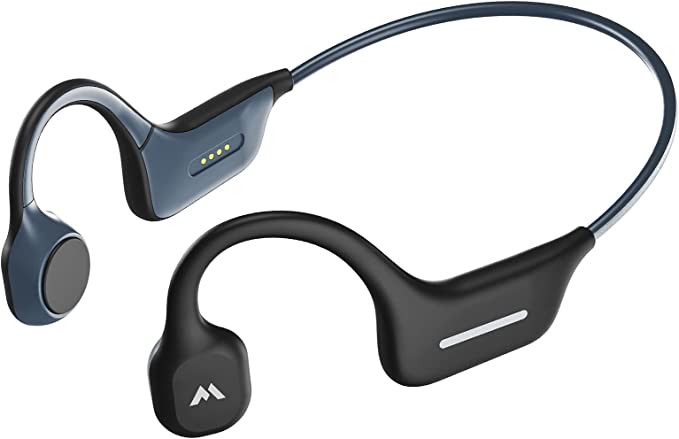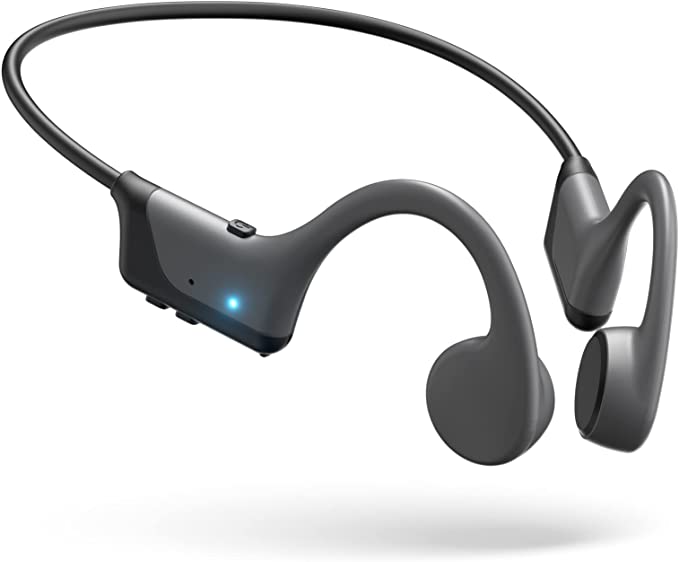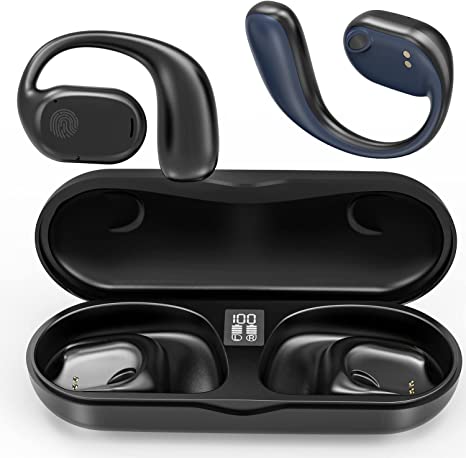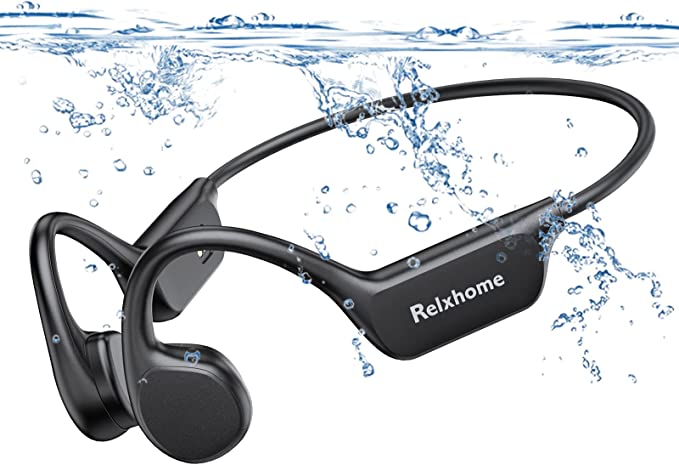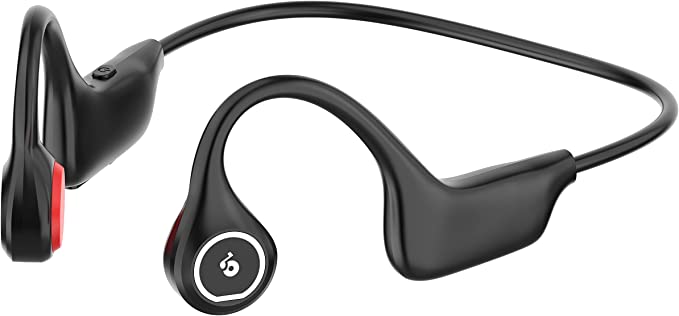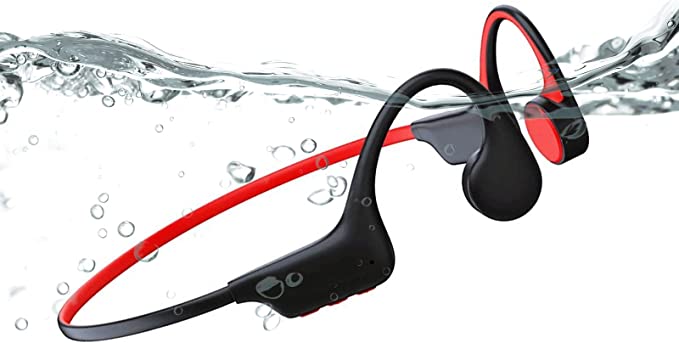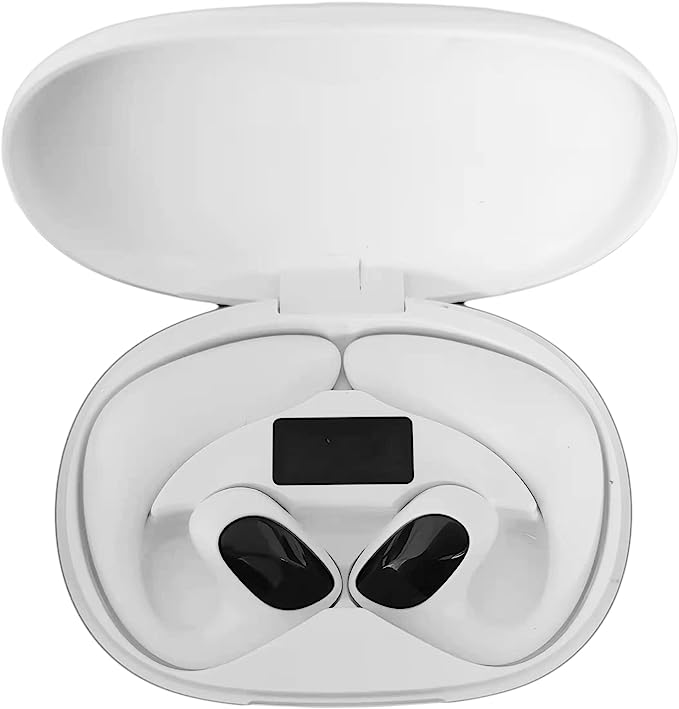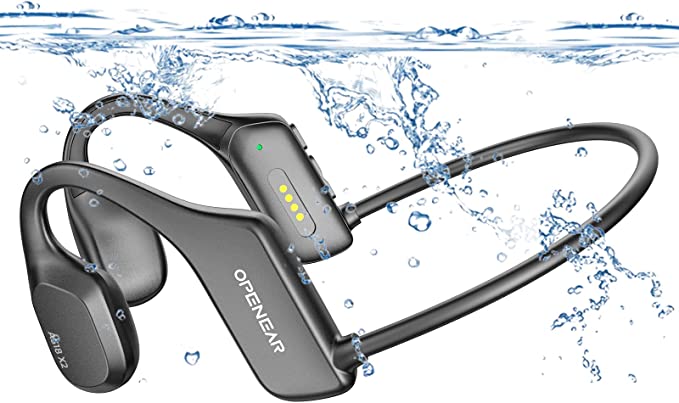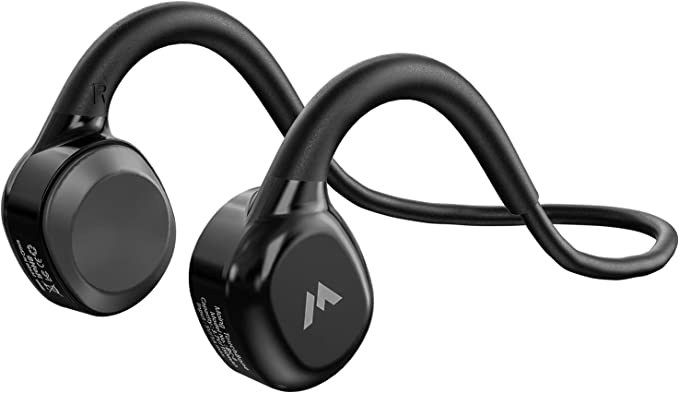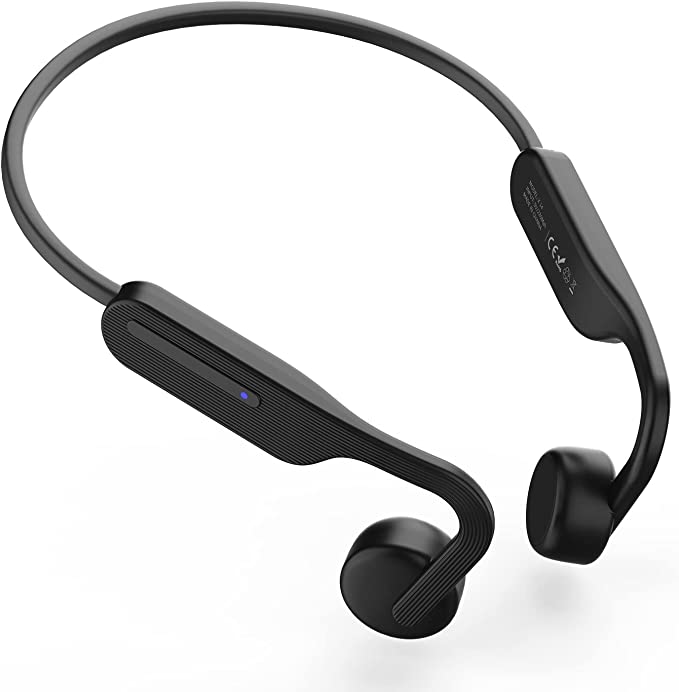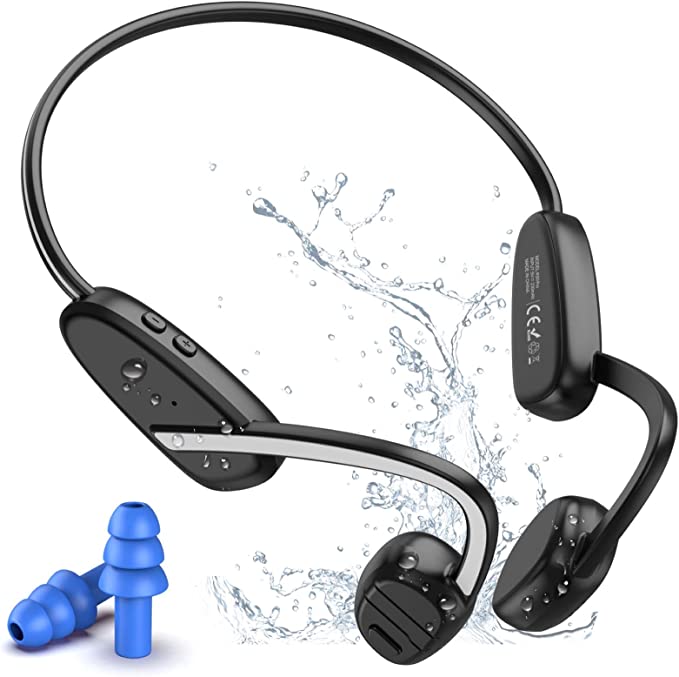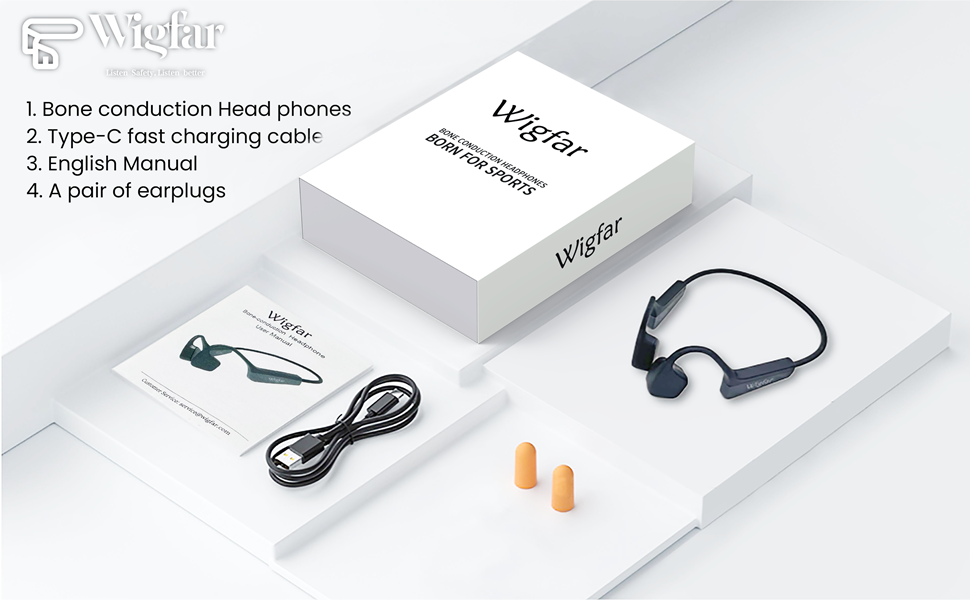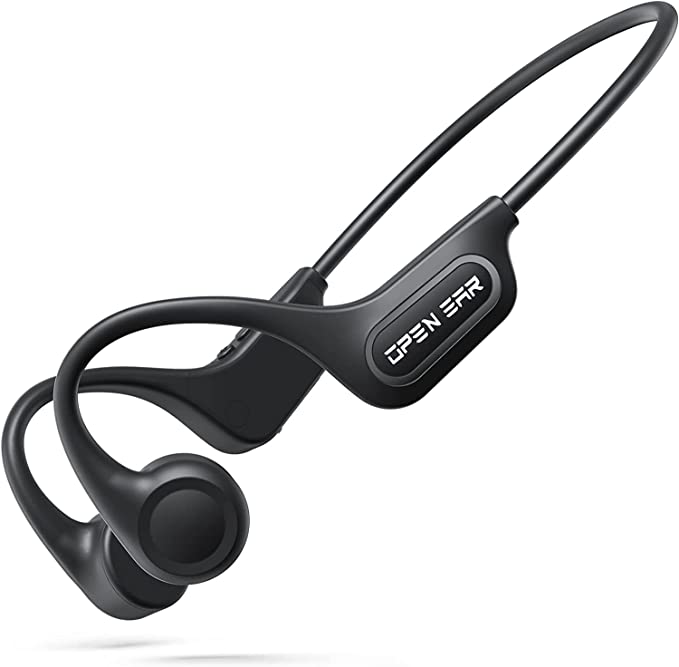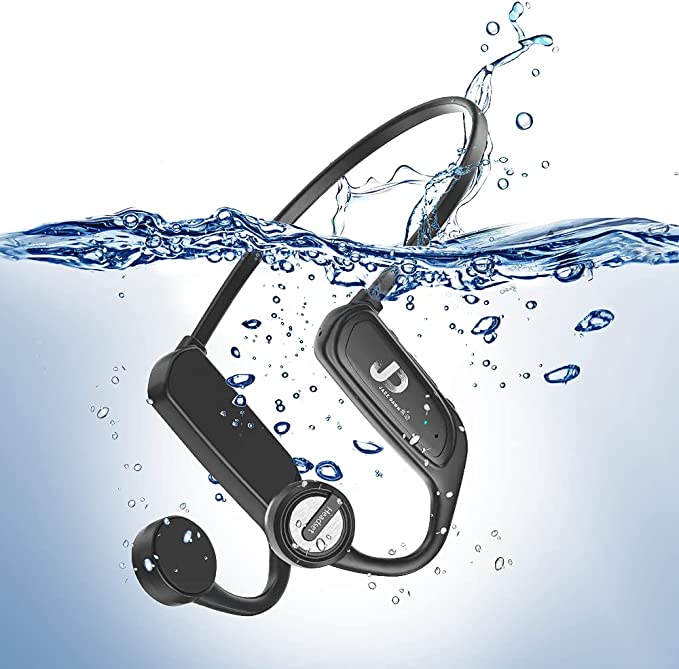CSL-Computer D101 Wireless Earbuds: Experience Sound in a Whole New Way with Bone Conduction
Update on Sept. 8, 2025, 7:12 p.m.
The pursuit of the perfect audio experience is a modern obsession. We chase it with noise-canceling headphones to find silence in a bustling world, and with high-fidelity earbuds to reveal every delicate note. But what if the next great leap in listening technology doesn’t come from improving a speaker or a microphone, but from bypassing our ears entirely?
This is the fascinating, counter-intuitive promise of bone conduction, a technology that allows us to hear the world’s most intimate soundtracks—from a private playlist to a crucial phone call—by sending vibrations directly through the bones of our skull. It is an idea that feels both futuristic and fundamentally strange, yet its roots are far older than modern electronics.
The story begins in the 16th century with a physician named Girolamo Cardano, who first described how sound could be transmitted via a rod held between one’s teeth [1, 3, 6]. It was a concept famously, and perhaps apocryphally, put to use by a man whose life was defined by sound: Ludwig van Beethoven. As the great composer was tormented by his encroaching deafness, he devised a simple but ingenious hack. He would bite down on a stick that was touching his piano, allowing the vibrations to travel through his jawbone directly to his inner ear [1, 2]. This simple act demonstrated a profound scientific principle that is now the basis for a whole new category of audio devices.

A Tale of Two Pathways: Air Versus Bone
To understand how bone conduction headphones work, we must first appreciate the two primary ways humans hear. The most common pathway is air conduction. Sound waves, which are simply pressure vibrations in the air, travel down our ear canal, strike the eardrum, and cause it to vibrate. These vibrations are then amplified by three tiny bones in our middle ear before reaching the fluid-filled cochlea in our inner ear, where the magic truly happens. The cochlea’s microscopic hair cells convert these vibrations into electrical signals that the brain interprets as sound [4, 5, 6].
Bone conduction offers an elegant alternative. Instead of using the ear canal and eardrum, these devices place a small transducer—a component that converts an electrical signal into mechanical vibration—against a bony part of the skull, typically the cheekbone or temple [6, 22]. This transducer vibrates, and the vibrations travel through the skull to the cochlea, bypassing the outer and middle ear entirely [1, 6]. The cochlea responds to these vibrations in the same way, turning them into signals the brain can process as sound [4, 5]. This dual-pathway system is so fundamental to our hearing that medical professionals use it to diagnose hearing loss, employing tests like the Rinne and Weber to differentiate between conductive (outer/middle ear) and sensorineural (inner ear) hearing loss [18, 4].

The Freedom of “Open Ears”
The most significant benefit of this technology is the open-ear design [7]. Because the ear canal remains completely unobstructed, a user can simultaneously listen to a podcast and be fully aware of their surroundings [23, 20]. For runners, cyclists, and commuters, this is not just a convenience—it’s a critical safety feature [2, 20]. The ability to hear an approaching car, a bicycle bell, or a warning shout can be life-saving in urban environments [23, 20]. This is why governing bodies like England Athletics have officially sanctioned bone conduction headphones as the only type permissible for use in road races [2].
Beyond safety, the design offers substantial comfort and hygiene benefits. Traditional earbuds can feel intrusive, causing pressure and discomfort after extended use [14]. Bone conduction headphones, on the other hand, sit outside the ear and are designed for long-term comfort, making them a great option for an all-day soundtrack [7, 8]. Additionally, since there is nothing blocking your ear canal, you avoid the build-up of moisture and bacteria that can lead to ear infections, a common issue with in-ear devices [23, 9, 20]. The technology’s versatility has also found a home in military and medical fields, where it allows soldiers to hear radio communications while wearing hearing protection, or helps individuals with damaged ear canals to hear again [15, 6, 16].

The Physics of Compromise
Despite their unique advantages, bone conduction headphones face inherent technical challenges rooted in the very physics that makes them work.
The most notable drawback is the bass paradox. To transmit sound, the transducers in the headphones must physically vibrate the skull. Bone is a much denser medium than air, and transmitting low-frequency sound waves (the kind that produce deep, rich bass) through a dense medium requires significantly more energy [9]. As a result, the bass in bone conduction headphones can sound “thin or less pronounced” [9]. This is not a design flaw but a fundamental physical limitation.
This leads to the second major issue: sound leakage [10, 17]. The transducers vibrate the headphone’s casing to transmit sound to your skull. This vibration of the casing also causes the air around it to vibrate, essentially turning the headphones into tiny speakers that broadcast a faint, audible sound to those nearby [10]. This problem is exacerbated at higher volumes [17], and while manufacturers have developed clever solutions like integrated bodies and shock-absorbing designs to mitigate it, the issue cannot be entirely eliminated [10, 17].
Finally, the very nature of the technology can cause a subtle, yet noticeable, buzzy or tickle sensation against the skin at higher volumes [9, 14]. This is a direct consequence of the physical vibrations required to produce sound [1, 10], and for some users, it can be uncomfortable [14] or even cause headaches after prolonged use [9].

The CSL-Computer D101: A Case Study in the Modern Market
When a user in North America searches for “bone conduction headphones,” they might encounter a product like the CSL-Computer D101. On the surface, it promises the core benefits of the technology. But a deeper look reveals it as a prime example of the market’s more confusing side.
Research into the CSL-Computer D101 suggests it is not a uniquely engineered product but a generic, rebranded item widely available on e-commerce platforms [10, 11, 12]. The wholesale price for bulk orders is strikingly low, ranging from as little as $2.80 to $5.00 per unit [11]. This positioning places it in stark contrast to market pioneers like Shokz, a company with over 5,100 patents dedicated to refining the technology [7, 9].
This comparison is crucial. A generic product like the CSL-Computer D101 likely offers a serviceable, if basic, introduction to bone conduction. It will provide the core benefit of situational awareness and an open-ear experience, but it will probably do so with all the inherent trade-offs: weaker bass, more pronounced sound leakage, and a potentially less comfortable vibration at higher volumes. In contrast, premium models from brands like Shokz have developed hybrid technologies that combine bone conduction with small speakers to address these very issues, delivering a more refined sound and user experience [13].

The Final Word
Ultimately, bone conduction headphones are not designed to replace high-fidelity, noise-canceling headphones. They are a different tool for a different purpose. They are for the runner who wants to stay safe on a busy street, the cyclist who needs to hear the world around them, or the office worker who wants to stay connected to their colleagues.
For those curious about the technology, a budget-friendly model like the CSL-Computer D101 can be a perfect entry point. It provides a real-world example of how the fundamental science works, allowing a user to experience the core benefits while also learning about the physical compromises. But for the serious enthusiast who wants the best possible audio experience within the world of bone conduction, understanding these trade-offs is key to appreciating the value of a premium, purpose-built model. It is a world where technology and our natural sensory capabilities work in harmony, offering a new paradigm in personal audio.
